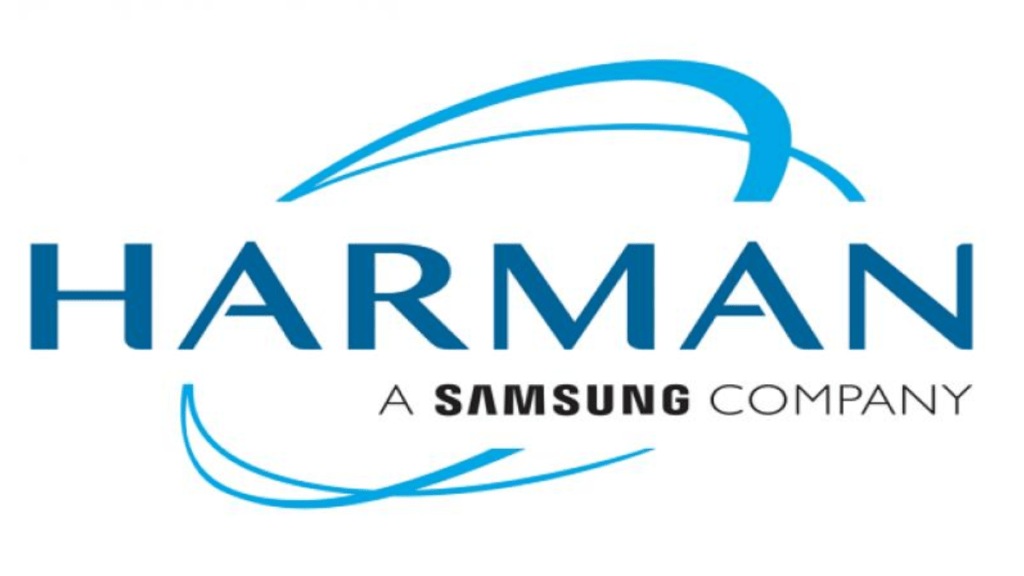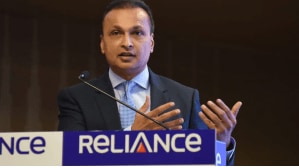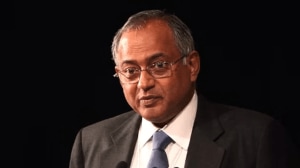Like many other industries, GenAI has the potential to transform healthcare with more efficient and scalable digital health systems. Harman, a subsidiary of Samsung Electronics, wants a good share of this market; it has developed HealthGPT, a healthcare-focused private large language model (LLM).
The platform leverages deep domain knowledge, adaptability, and continuous learning. With its foundation in a diverse range of healthcare data, it facilitates natural language interaction and real-time clinical insights.
HealthGPT promises to redefine patient care and medical research, by offering healthcare professionals, researchers, a healthcare-focused GenAI tool, said Jai Ganesh, chief product officer, Digital Transformation Solutions, Harman.
“Generative AI is a generational shift. CIOs are assessing competition and are talking to their board constantly about Gen AI,” he added. An IDC report estimates that Gen AI spending, including Gen AI software, infrastructure hardware, IT/business services may touch $151.1 billion by 2027.
According to Ganesh, the health sector is rich with open source data. While there is an abundance of data, getting the most useful data is a task. “We are the first technology service provider to come up with our own LLM and 80-90% of a data scientist’s job is cleaning up data,” he revealed.
Harman’s AI model employs natural language processing to assist healthcare organisations in extracting insights from their data, including clinical trial data. According to Ganesh, HealthGPT provides real-time, context-aware clinical insights, an automated framework for fine-tuning and validating the model, and customised datasets for improved performance.Additionally, the platform utilises guardrails to control and filter data, identifying and removing toxic content and individual identity-related information from responses.
Harman claims to build its own accelerators which are like a blueprint to build LLMs, that allows extending HealthGPT’s capability to other sectors like retail or manufacturing just by swapping out health care data with industry data.
Ganesh and his team have also been working on reducing drift in the models that are built for HealthGPT. Drift is when an AI model starts behaving differently over a period of time because there is some data that has changed the way it behaves. This is directly related to making the AI ethical and always needs a human in the loop.
“We need humans in the data layer in development stage and in the decision layer when the model is live,” said Ganesh. Since the cost of a drift is high, having full control over the variables that affect the HealthGPT has become a key focus area for Harman.









